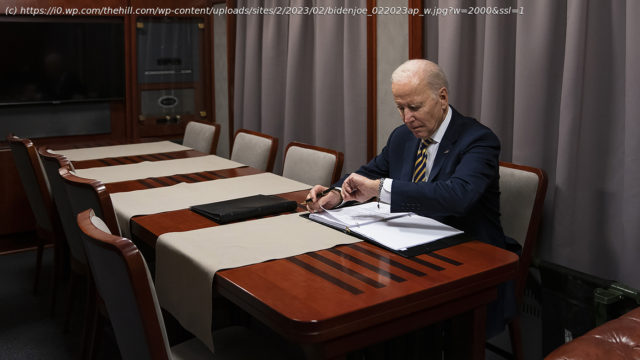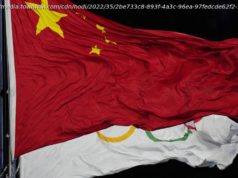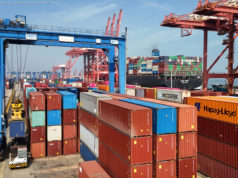Array
The alluringly false choice of security in the Euro-Atlantic or stability in the Indo-Pacific ignores the totality of American power and the distinction between the two theatres. Succumbing to this siren call risks seeing America’s leadership failing in Europe and catastrophically undermined in Asia at a time when both are critical to success in both.
It is not unexpected that ahead of the 2024 presidential election that there are emerging questions as to why the United States is continuing to support Ukraine. This reflects the isolationist and populist strain of Republican politics, but also the White House’s marked failure to convey to the American people why this fight and Ukraine’s success are vital to America’s national interest.
While these calls should not be dismissed, the more concerning argument is that the continued support for Ukraine risks undermining America’s ability to pivot to the Indo-Pacific.
Here, this emerging strain of thought within Washington policy circles posits a binary choice between backing Ukraine and ensuring Euro-Atlantic security or pivoting toward the Indo-Pacific and preparing for the possibility of conflict with China. The argument suggests that the longer the United States focuses its political will, economic resources and defense-industrial base on Ukraine the worse position it will find itself in should Beijing act on its predatorial designs on Taiwan.
If one only looks at the raw numbers of the conflict, the argument appears to have merit and is attractive. The more equipment and materials that are sent to Ukraine, or to America’s allies in NATO to backfill their expenditures, the fewer tools the United States would have to confront Chinese aggression. A 155mm howitzer shell used in support of Bakhmut cannot be used in Kaohsiung. Further, as more attention is paid to replacing spent assets, industrial capacity is reduced and thus fewer resources are available to procure, build and deploy munitions necessary for contingencies in the Indo-Pacific.
Yet, the war in Ukraine and the potential conflict in the Indo-Pacific are markedly different fights. While there is some overlap in the types and kinds of munitions, it is unlikely that the United States will find itself in a large-scale conventional artillery duel with Beijing or fielding large quantities of armored vehicles.






